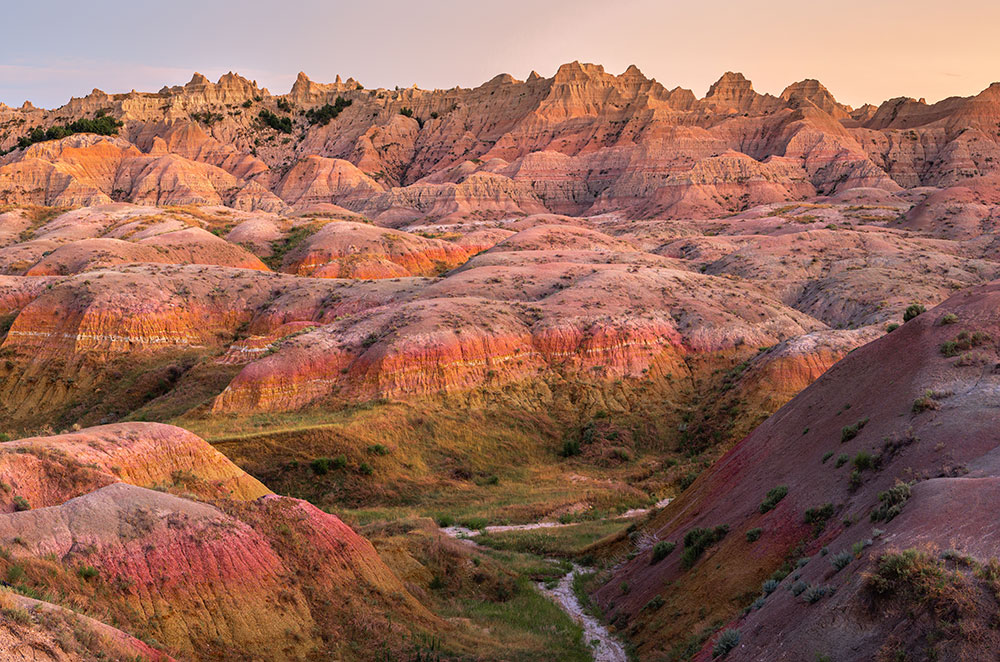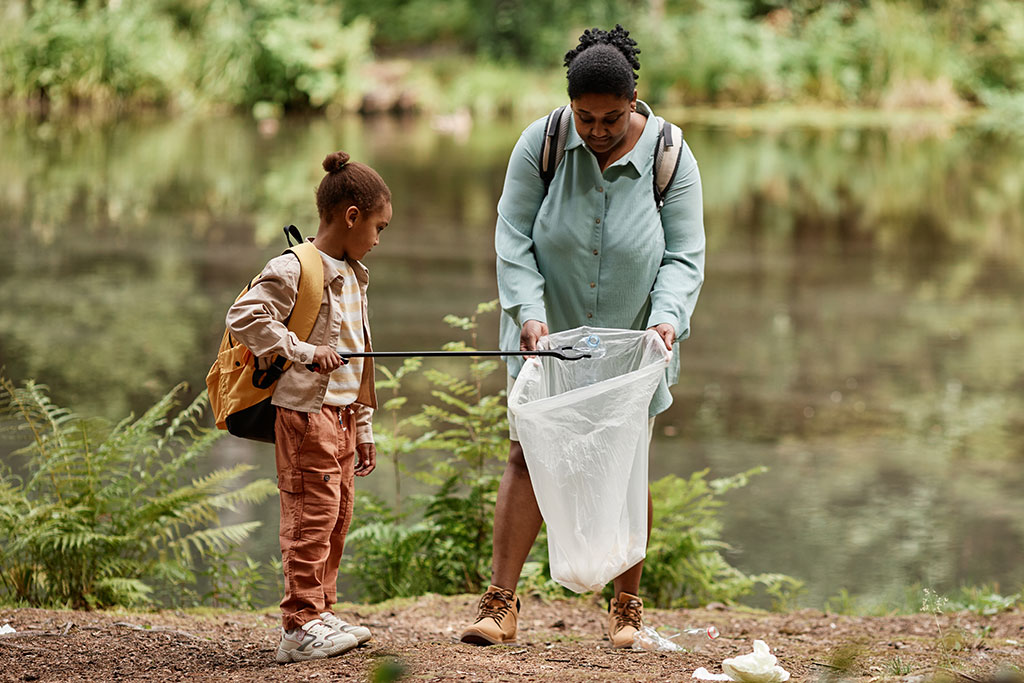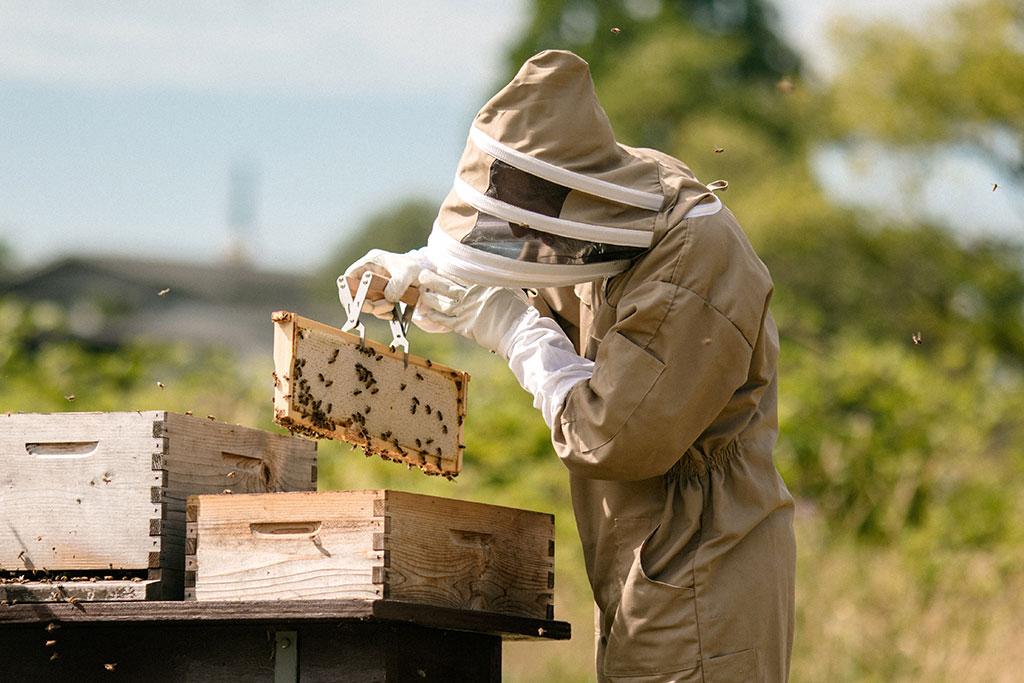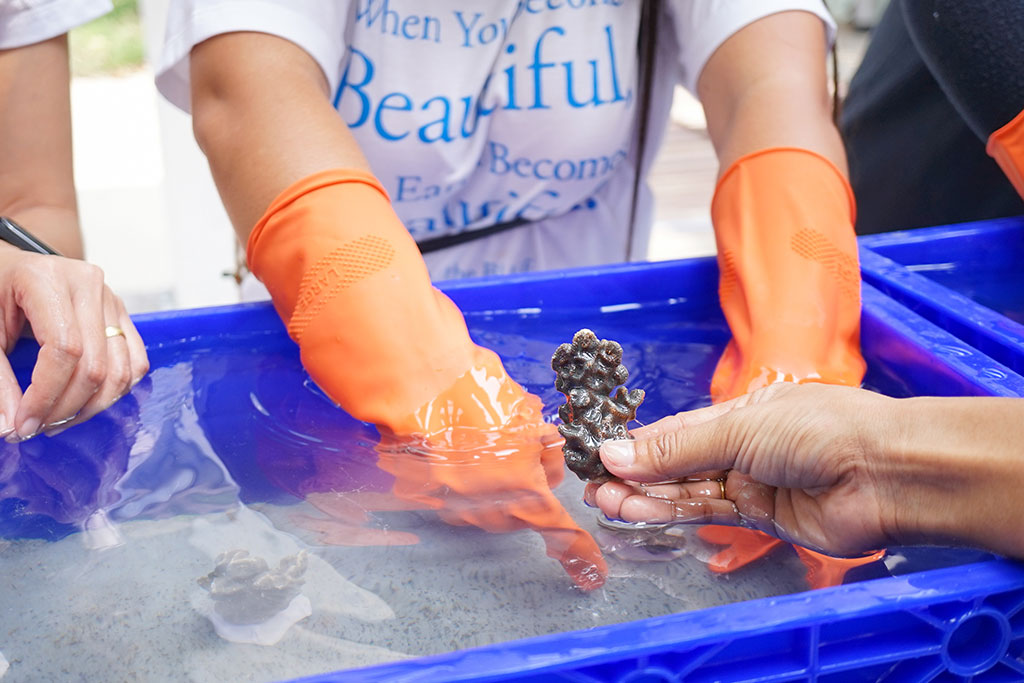Array
(
[0] => Array
(
[item_type] => phone
[content] => Array
(
[label] => Toll Free
[number] => 8774368346
[extension] =>
)
)
[1] => Array
(
[item_type] => email
[content] => Array
(
[label] => Email
[email_address] => Tom@DoveInvestments.com
)
)
[2] => Array
(
[item_type] => website
[content] => Array
(
[label] =>
[value] => DoveInvestments.com
)
)
[3] => Array
(
[item_type] => address
[content] => Array
(
[label] => Office
[addressee] =>
[address1] => 100 Pacifica, Ste 370
[address2] =>
[city] => Irvine
[state] => CA
[zip] => 92618
)
)
)
?>
When pressed to name the best American destination, most would likely select an iconic locale like the Grand Canyon, Miami Beach, or New York City. But true thrills often take place at the lesser-known gems. Visit any of the following places for your next vacation, and you’ll have a travel experience you won’t soon forget.

If you’re a Martha’s Vineyard, Nantucket, or Cape Cod lover, consider changing things up a bit by visiting Block Island. This seaside town has a lot to offer, from delicious fresh New England seafood to long stretches of grand, majestic beaches. For a break from the sand, there is also plenty of green space to explore at the Block Island Conservancy, where you can meander through wooded areas, beautiful meadows, and ocean bluffs. Enjoy water activities, fishing, or just kicking back and watching the boats come in and out of the harbor. Conversely, you could get your blood pumping by embarking on a self-guided cycling adventure around the island, choosing between the 7.5-mile or 16-mile route, both of which take you to numerous significant attractions and scenic spots.

Once a retreat for the wealthy elite, Jekyll Island is now a Georgia state park that has been named to the National Trust for Historic Preservation for its continued commitment to preserving the natural habitat, variety of wildlife, and centuries-old trees. Here you can connect with nature in a number of ways: camp at one of the 179 campsites, visit the Georgia Sea Turtle Center, or stroll down the famous Jekyll Avenue of Palms, which boasts almost three hundred cabbage palms along Plantation Road. You’ll also want to tour the “Millionaire’s Village,” a 240-acre site with thirty-three historic structures, including the Jekyll Island Club Resort and restored cottages that once housed prominent families such as the Vanderbilts, Rockefellers, and Goodyears.

Situated on the shores of Lake Michigan, Sheboygan is hailed as the “freshwater surf capital of the world,” a title it earns primarily in fall and winter when strong winds across the water create some of the best waves on all the Great Lakes. If your visit coincides with the summer months, there is a myriad of other water-based activities to enjoy as well, including sailing, kayaking, kiteboarding, and windsurfing. Those who prefer land-based adventures can find solace in Kohler-Andrae State Park, which boasts numerous hiking and biking trails, sandy beaches, dunes, and birdwatching opportunities. Throughout the year, the city also hosts a variety of events and festivals, perhaps most notably the Sheboygan Brat Days in April and the Sheboygan County Fair in September.
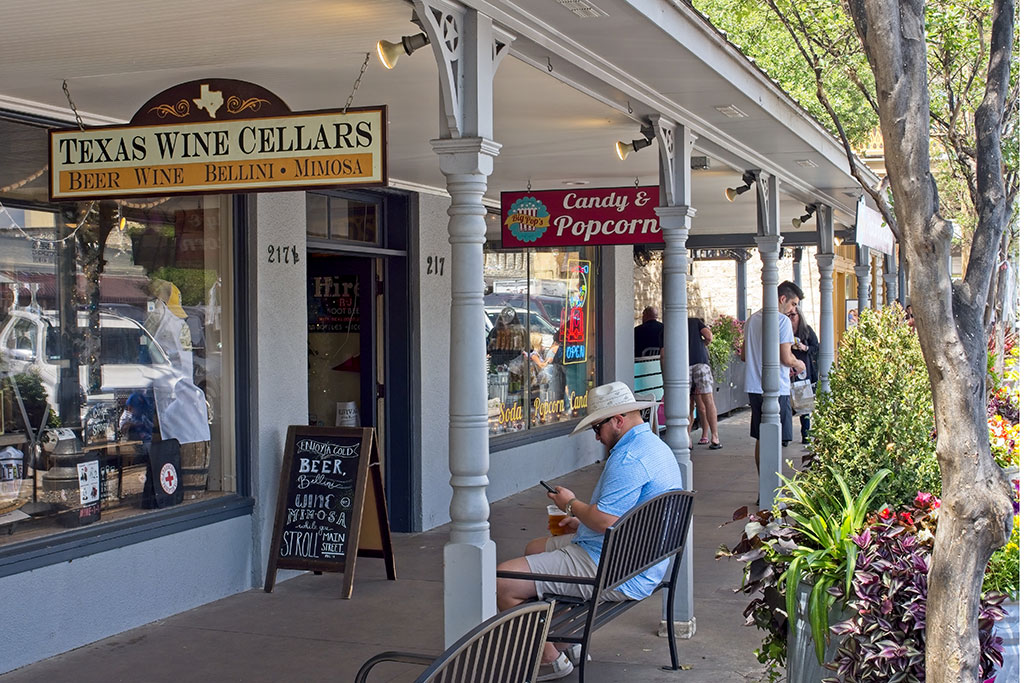
If you like to tackle a lot on your trips, this is the town for you. Recognized as one of the “Top Five Western Art Towns” by Southwest Art magazine, Fredericksburg is home to a rich culture of artistic collaboration, making it a magnet for enthusiasts and collectors alike. It also happens to be the heart of Texas Wine Country with north of sixty wineries, vineyards, and tasting rooms. Looking to do some shopping? Simply meander down Main Street to the more than 150 locally owned shops, boutiques, and galleries. And should you get hungry, you can partake in the delicious German cuisine with a Texan twist, a nod to the town’s heritage that perfectly represents its motto: “Texas heart, German soul.”
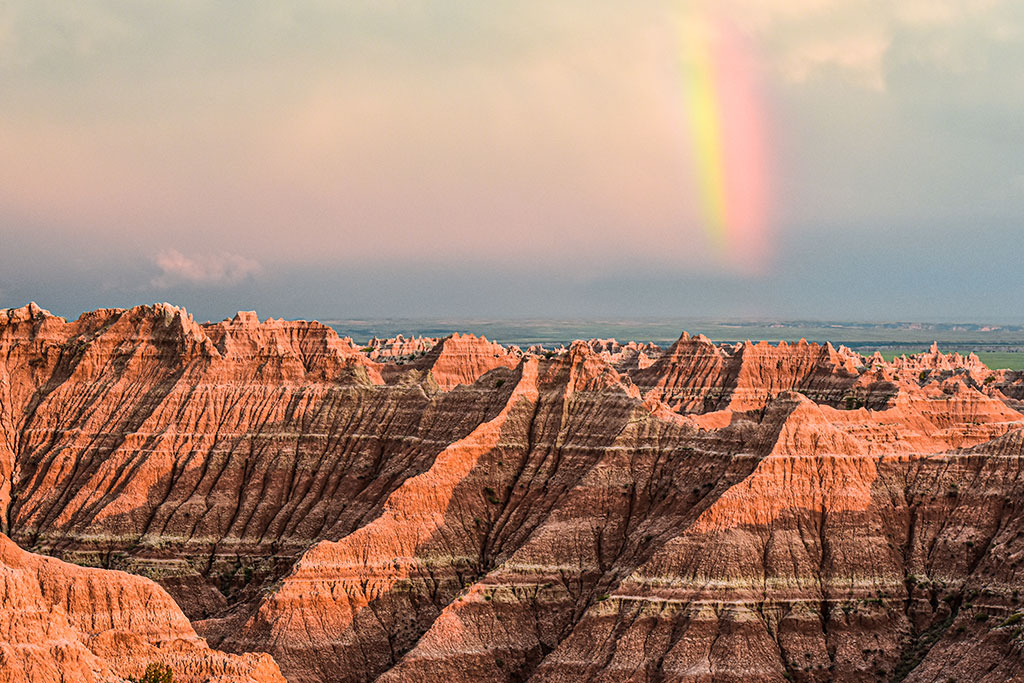
Recognized by the travel experts at Matador as one of the best small towns to visit, Rapid City is a haven for outdoor enthusiasts and wildlife admirers. While must-see landmarks like Mount Rushmore, Crazy Horse Memorial, and Badlands National Park are all nearby, there are also many other noteworthy attractions to explore. Drive south to Wind Cave National Park, renowned for having one of the world’s lengthiest and most intricate caves, or northwest to Spearfish Canyon to waterfall-chase among its vibrant spring and summer greenery or breathtaking fall foliage. An especially standout experience is Custer State Park; spanning 71,000 acres in the Black Hills, this nature paradise offers over four hundred miles of biking, hiking, and horse trails and five stunning lakes, with Sylvan Lake, considered the “crown jewel,” standing out among the others for its panoramic views.
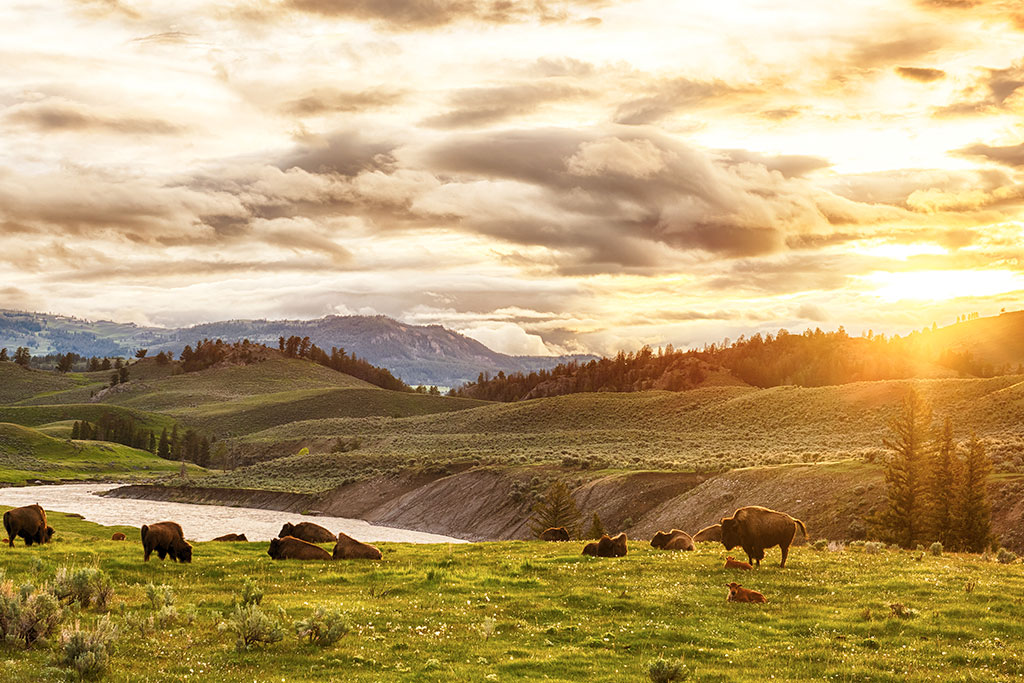
You don’t need to go to the world-renowned Jackson Hole, Wyoming, to enjoy western adventures. Instead, consider Cody, a northern Wyoming town steeped in Wild West history and culture. Here you can visit five Smithsonian-affiliated museums, attend the exhilarating Cody Nite Rodeo, and get a taste of rural living at one of the local dude ranches. If you’re hoping to spot some wildlife, make the journey to nearby Yellowstone National Park, where you can hike to Lamar Valley—often referred to as America’s Serengeti—to get a clear glimpse of bison, coyotes, buffalo, grizzly bears, and more. Or visit Buffalo Bill Reservoir in Buffalo Bill State Park to enjoy horseback riding, white water rafting, and pristine hiking trails, all among stunning mountain views.

Nestled in the Santa Ynez Valley a mere forty-five minutes from Santa Barbara, Solvang is a charming slice of Denmark within a compact 2.4-square-mile area. Established in 1911 by Danish immigrants, this hidden gem invites visitors to stroll amid Northern European architecture and savor authentic pastries and culinary delights carried on by second- and third-generation descendants. Explore cultural attractions like the Hans Christian Andersen Museum, the Elverhøj Museum of History & Art, and the Wildling Museum of Art & Nature. Consider planning your visit to coincide with one of the town’s vibrant annual festivals, such as its Danish Days in September, Julefest Christmas extravaganza in December, or Taste of Solvang in March.
The United States offers a wealth of diverse travel experiences through numerous unique and often overlooked destinations. Seize the opportunity to enrich your vacations by exploring places such as the ones above, where you’ll find smaller crowds, lower prices, and the potential for exciting new adventures.
Up next:
With a Touch of Honey
